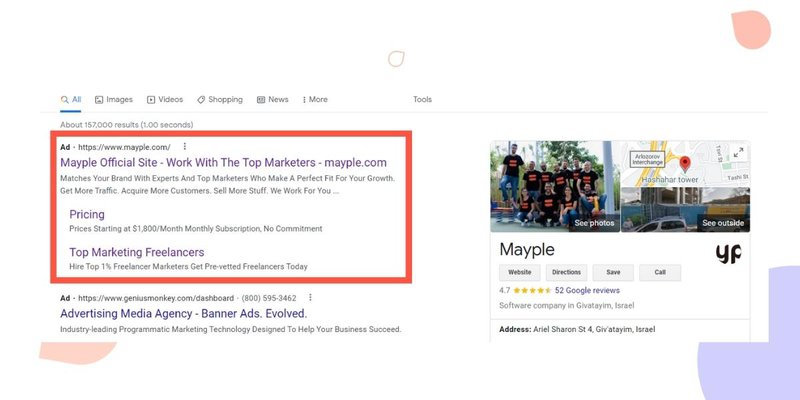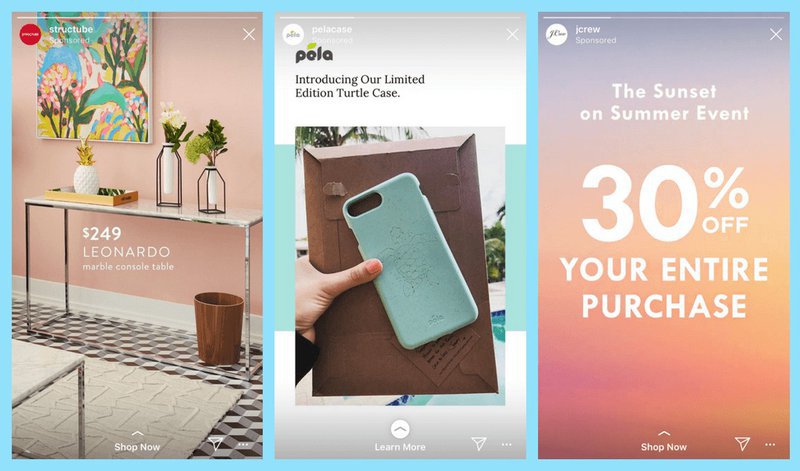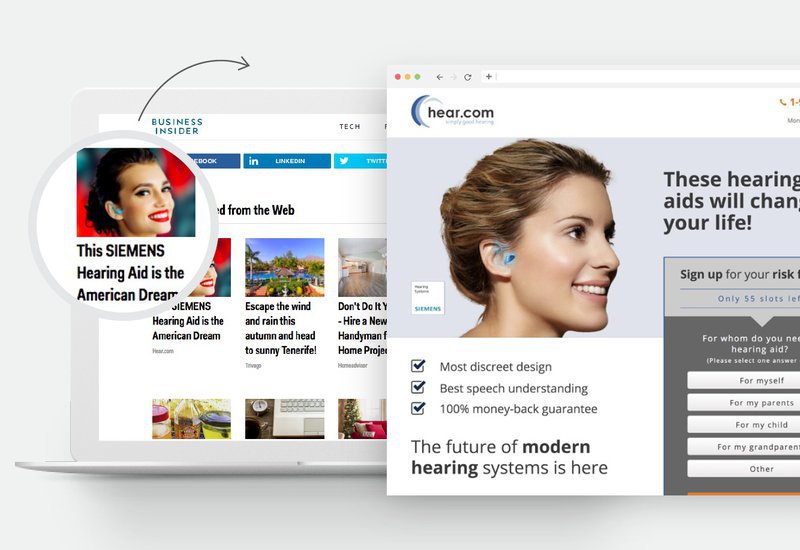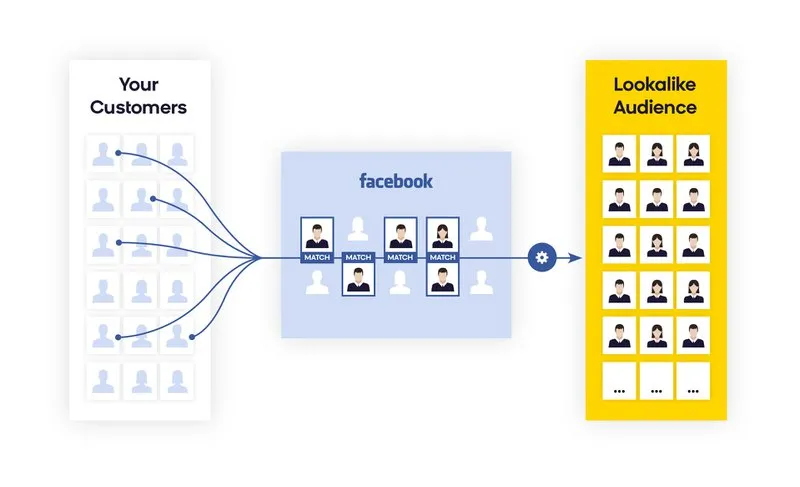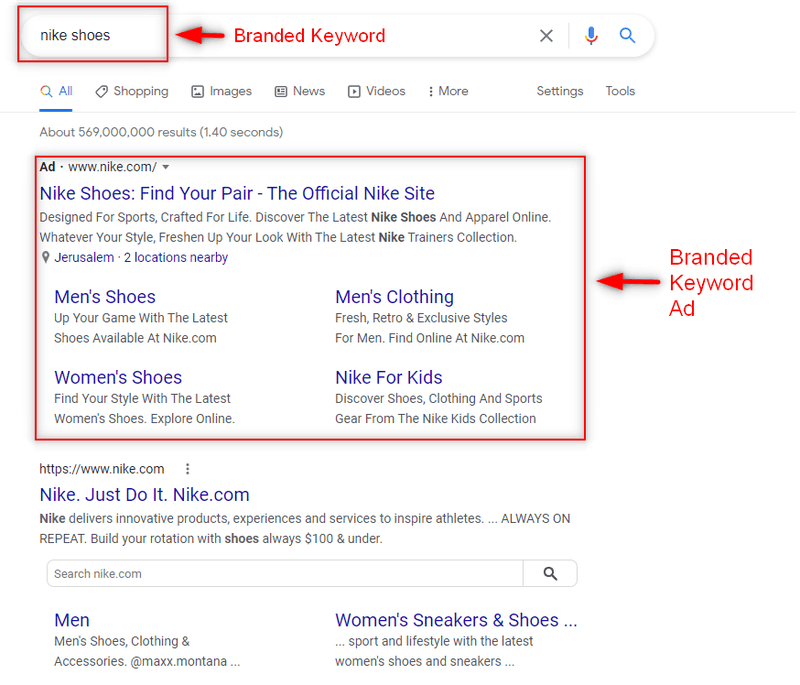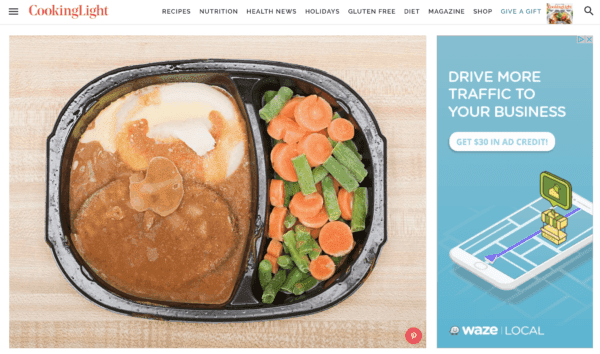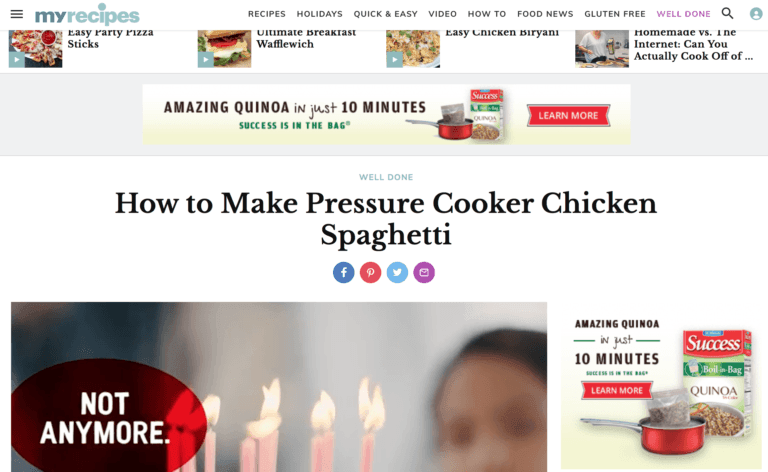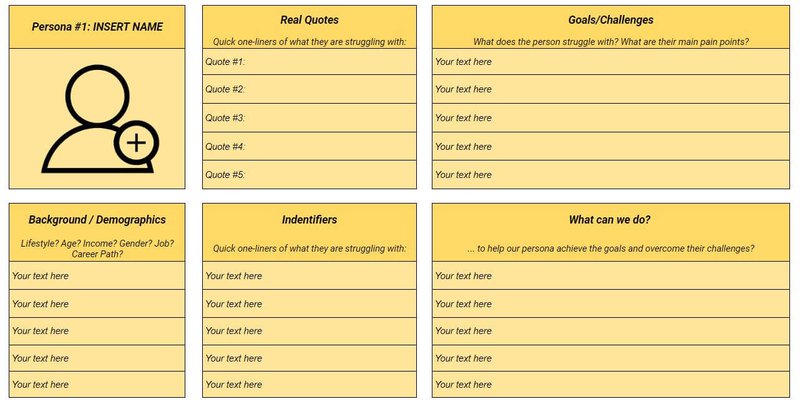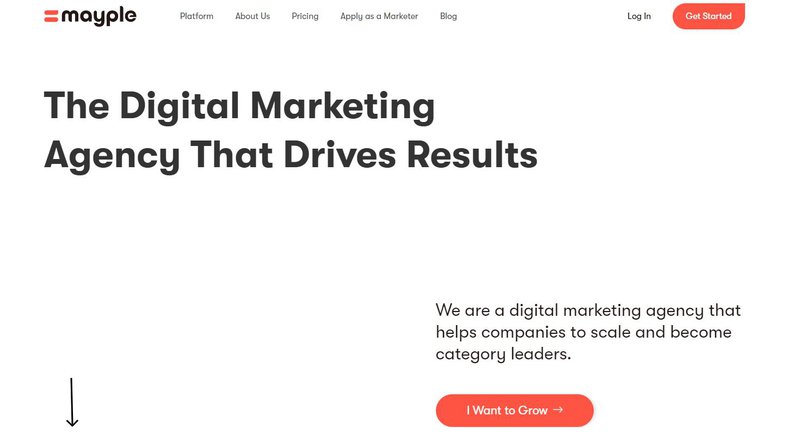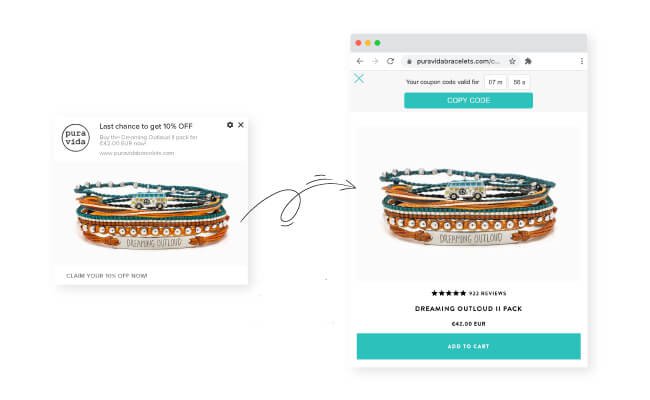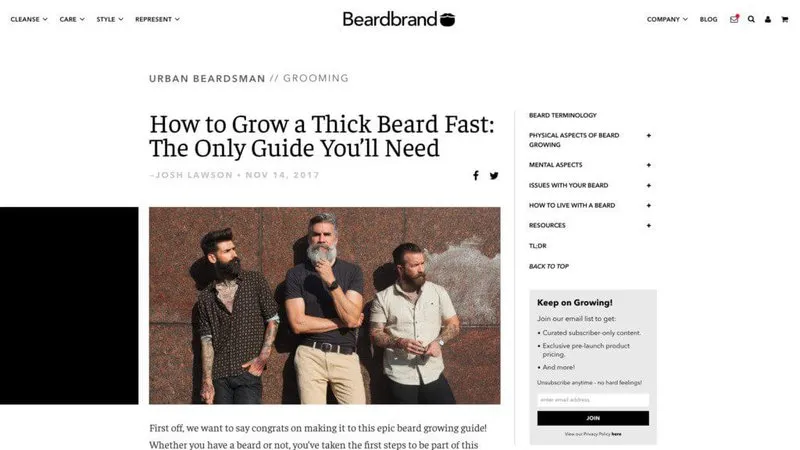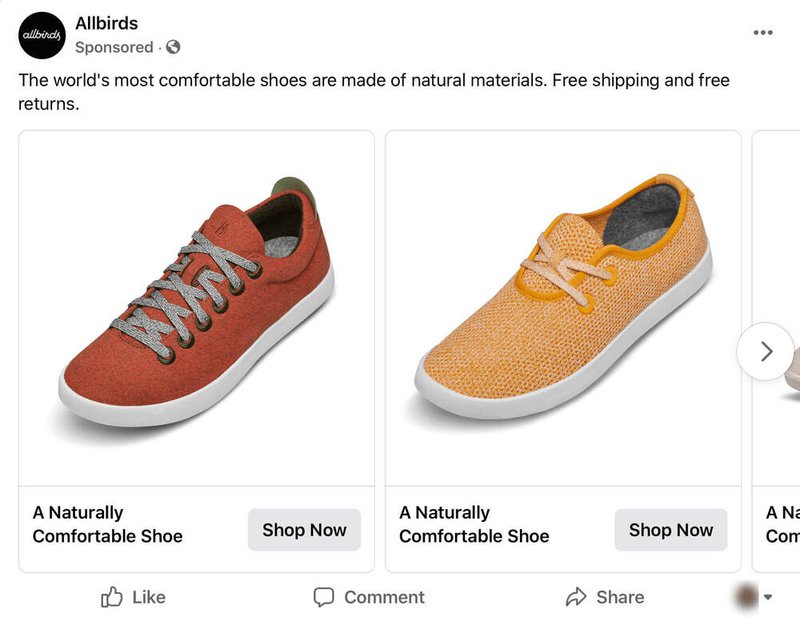7 Master Tips to Create an Effective Paid Advertising Strategy From Scratch [2026]
The top advertising strategies to increase your eCommerce sales. We talk about ad types, platforms, audiences, keyword strategies and much more.
Updated November 6, 2024
![7 Master Tips to Create an Effective Paid Advertising Strategy From Scratch [{year}] main image](https://entail.mayple.com/en-assets/mayple/60d9d9acf06560118c6c2593_timvanderkuipCPs2X8JYmS8unsplash3871x2177_45de7bb95b83fbc5bbfcb6734dabcec4_2000-1699777195900.jpg)
Advertising is one of the best ways to increase sales and get more customers. For many companies, paid online advertising has become an essential part of their marketing strategy.
Ads have changed a ton in the last few years. New social platforms that focus on video have completely revolutionized the industry and TikTok ads are shrinking our attention spans.
As new algorithm changes threaten organic reach, more and more brands are increasing their paid ads budget. And for good reason. Digital advertising campaigns are a must for any brand that wants to reach the ideal customer online and move them through the marketing funnel.
In this post we outline some of the top tips on how to make your ads effective, brought to you from our expert community of 600+ marketers.
Let’s dive in.
What is paid advertising?
Paid advertising (also known as pay-per-click advertising) is an online advertising model used to drive traffic to websites, in which an advertiser participates in a real-time auction to get placement on a search engine, social media website, or an online publishing site. In most cases, the advertiser only pays when a user clicks on an ad.
What are the benefits of paid advertising?
Paid advertising can help you reach a new audience, increase your brand awareness and generate more leads. It can also help you increase sales, conversion rates and boost customer retention.
- Reach a new audience - Paid ads are great for targeting people who are not already familiar with your business but might be interested in what you have to offer. You can also target specific audience segments based on specific interests, demographics, location, and many other factors.
- Increase brand awareness - besides for attracting new customers, paid advertising campaigns are great for your top-of-the-funnel. When potential customers see your ad, they may not necessarily be ready to buy from you yet. But by targeting a specific keyword or set of keywords that is relevant to your product or service category, you can stay top of mind.
- Get more leads and sales - paid ad campaigns provide one of the easiest ways to reach your target audience at various points in the customer journey. They are also great at monetizing the organic traffic you get from your other digital marketing channels.
Types of paid advertising
It’s important to know that there are different types of paid advertisements and each one can be used in different ways depending on your business goals.
Paid search
Paid search advertising (also known as search engine marketing or SEM) is when you pay to have your ad show up on search results pages. It's the most frequent form of paid marketing, and it's one of the easiest to set up. You search ads on multiple platforms including - Google Ads (formerly Google AdWords), Facebook ads, LinkedIn, Twitter, and TikTok.
The first step in creating a successful paid search campaign is coming up with an effective keyword list; this will determine which terms people will use when they're searching for what your business offers. Next comes writing creative headlines and descriptions for those keywords—and considering how much money to spend per click!
Once you have all this information in place, optimizing your paid search campaigns is about making changes based on performance metrics like cost-per-click (CPC), conversion rate, and overall ROI (Return On Investment).
» Need help running your campaigns? Check out our list of the best paid advertising agencies to work with in 2026.
Social media advertising
Social media advertising is a form of paid advertising on social media platforms. It can be used to promote products, services, and brands. Social media ads (sometimes called sponsored posts, or promoted posts) are used to increase awareness and engagement with your audience.
Social media advertising allows you to reach a large number of people in an instant. You can include text, images, videos, and other multimedia elements in your ad campaigns for maximum impact. Social media ads also have the ability to target specific audiences based on their interests and provide a better way to retarget your site visitors.
Banner ads
Banner ads are graphical ad units that appear on web pages. They are the most common type of display ads and can be static or animated. They can contain only text or include an image or video. They are usually rectangular in shape and have a simple design.
Native ads
Native ads are advertisements that are designed to blend in with the content they are placed beside, making them more appealing and less obtrusive than display ads. They’re not as big and flashy as traditional banner ads, but they look more organic so they can be more effective at grabbing your user’s attention. Brands typically use the Google Display Network to find placements for these.
Need more inspiration? Find some great examples in these top advertising books to read.
7 Advanced paid advertising tips
Here are the best eCommerce advertising strategies to help grow your business this year.
1. Use lookalike audiences
A lookalike audience is when you create an audience that is similar to an existing list of customers or leads. The recent iOs 14 update has made it harder to retarget and has affected many brands that use Facebook ads. So lookalike audiences provide an alternative way to reach the right users and get more sales.
There are several ways to create a lookalike audience. One way is to download your email segments and upload them as lists to Facebook. This way you could create a lookalike audience for your cart abandonment, browser abandonment, existing customers or repeat customers.
2. Bid on branded keywords
One of the biggest mistakes brands make is that they start bidding on industry keywords that are too competitive. This can drain their advertising budget pretty quickly. If you are selling goods on places like Amazon or eBay then chances are people are searching for you on Google.
So the best thing you can do is to bid on branded keywords. For example, Nike would bid on terms like “Nike shoes” or “Nike + product name”. This will help you target those users with the highest purchase intent.
They may have found you on Amazon and are looking to buy your product directly on your site. Or they want to learn your brand story and see what your products are made out of.
3. Video is the way to go
Video content is by far the most engaging type of content out there. You can tell an entire story in a short video. It also has the highest advertising ROI for eCommerce ad campaigns.
Ecommerce brands use video for their ads on Facebook, Instagram, Pinterest, and on marketplaces like Amazon.
There are many different types of videos you can create:
- Tell your brand story
- Showcase your brand features
- Use user-generated photos
- Use influencer shots
- Show a recording of your customer using your product
- Show how your products are made
- Showcase a cause you donated or contributed to
Here’s a great example of a Facebook ad from Allbirds:
Pro tip: want to replicate AllBird's success? Hire a top-notch campaign manager to create winning ads.
4. Retarget using UGC and influencer content
The most powerful way to promote your product is through product reviews and recommendations. 55% of consumers trust user-generated images more than any other form of advertising. Also, studies show that 86% of women use social media for shopping recommendations.
Include your user’s photos or videos in your ads. Hire influencers to create videos of themselves using your product. We've seen emerging brands use influencer videos as their ads time and again.
Here’s an example of an influencer video ad from Burrow.
Note: Always make sure that you get permission to use the customer’s or influencer’s content and that there is no copyright infringement.
5. Launch on new social platforms
While Facebook and Instagram remain the best advertising platforms for eCommerce they are becoming more and more saturated and expensive. Look for newer emerging platforms where your advertising spend can make a much bigger impact.
For example, if you’re not seeing enough sales or a high enough ROAS (return on ad spend) on Facebook then you should test out Instagram. Pinterest might be another option, where the ads can be much more targeted and cheaper.
If you already sell your products on Amazon then paid Amazon advertising can be much cheaper than Facebook or Google and can yield far better results. Amazon ads can also help you with your organic sales on the marketplace.
In short, don’t settle for an average return on advertising spend. Always test the newest ad type or platform that is available and see if it’s a viable advertising channel for your business.
6. Create campaigns for each part of the marketing funnel
Another major mistake eCommerce brands make is in their campaign setup. Some brands create campaigns sporadically around specific holidays, events, or product launches and they don’t see the results that they are looking for.
The best way to set up your advertising campaigns is according to your marketing funnel. Each campaign should target a different part of the funnel - the top, middle, and bottom.
Let’s break down each one.
Top of the funnel (TOFU) - these are people that are in the early discovery phase. They might be looking at products but they are not actively shopping yet. Use educational campaigns that display your product but focus more on your story. Showcase a larger cause that you’re promoting or do an influencer unboxing.
TOFU keywords: “where to get running shoes” or “running shows that don’t make your feet sweat”
Middle of the funnel (MOFU) - these are people that are actively shopping and comparing different products. Target them with a comparison guide where you showcase your product features. Explain how you’re better than the competition.
MOFU keywords: “Nike vs Adidas running shoes”
Bottom of the funnel (BOFU)- these are the low-hanging fruit, the visitors with the highest intent. They finished comparing products and are looking to buy something. They could even be looking for your brand or have abandoned checkout or cart before on your site.
BOFU keywords: “best price on Nike shoes” or “Nike Air Max 90 best price”
7. Use contextual advertising
Contextual advertising is when an ad is displayed based on the content of the article that the user is viewing. This is a different approach than behavioral advertising where the user is targeted based on the actions they took on the brand’s site (which products they viewed, what they added to the cart, etc).
Contextual advertising in eCommerce is done through Google’s Display Network where you can select the specific article topics that are related to your product. You then select the keywords that you want to use, including negative keywords, and launch your ad.
The advantage of contextual advertising is that it's not restricted by privacy regulations since there's no user tracking. It also costs less and provides a cheap way to test your creatives and get a lot of data quickly.
Sometimes context is more important than the user’s behavior. For example, you love cooking and are looking up your favorite recipe. You go on a publisher site and you see two ads.
The first ad is based on behavior but is completely out of context:
The second ad is a perfect match.
11 steps to create an effective paid advertising campaign
1. Set your goals
Before you start, it's important to set your goals for paid advertising. You should always start with the end in mind. By defining your goals beforehand, you'll be able to create a more effective strategy that will help you reach those goals faster.
To get started, ask yourself these questions:
- What do I want from my campaign?
- What is its purpose?
- Who am I trying to reach or attract?
- What type of results am I looking for?
- What’s the deadline for this campaign?
It’s also important to pick the specific KPIs that you’ll be monitoring for each campaign, on each platform.
2. Define your target audience
To define your audience, you'll need to think about three different levels of targeting:
- Demographics: The basic facts about your customer, like age, gender and location.
- Psychographics: A richer set of data that provides an understanding of what drives the customer's behavior. For example, if you're selling a toy for kids ages 9-12, you can use psychographic data to identify more specific interests that would make them good prospects for your product. This might include things like favorite movies or TV shows.
- Interests: These are specific types of content a user consumes or engages with online (like sports teams or hobbies). You can use these interest categories in ad campaigns by targeting ads based on those interests.
It’s important to do this research because you need to know where your audience hangs out. Check your Google Analytics to see where you get the most traffic from. Once you find that out, it’s time to choose your platform.
3. Choose the correct platform
Once you have identified your target audience, it’s time to make a decision about where you will advertise. If you don’t already have an existing presence on social media, then now might be the time to set up an account and start building a following.
Your choice of platform will largely depend on how much money you want to spend. Generally speaking, Google Ads and Facebook Ads are the most affordable. The cost of Facebook ads is on average is $0.97 per click.
Pinterest Ads and LinkedIn Ads tend to be on the expensive side. If you have more money to spend you should invest in native ads via platforms like Taboola or Outbrain.
4. Create the copy and creatives for your ad
Use the right image and text for your ad, and make sure it includes a compelling offer that will appeal to customers who are most likely to buy from you.
Make sure that the message in each ad aligns with the audience and don't be afraid of being different! If an idea works well on one platform, try it out on others too. Test different versions of the same ad campaign across different platforms until one stands out above all others.
5. Create a landing page
A landing page is a page that a user lands on after clicking on an ad. Landing pages are used to direct users to take the next action. This could be an existing page on your site or a new page you create for each specific ad. Here’s an example of one we created recently for one of our Google Ads.
Landing pages should be designed to convert visitors into customers. They should be optimized for mobile and easy to read, so people can easily understand the benefits of your product or service, and what they need to do next.
6. Use a Compelling Offer
You need to offer a compelling reason for your audience to commit. The more tangible the benefit, the better. Here are some ideas:
- Offer a discount on your product or service. This is especially effective if you can offer very specific discounts (e.g., 15% off webinars) or tiered discounts based on volume purchased (e.g., buy 10 units and get 25% off).
- Offer a free trial or a free product. You could give away an ebook, webinar, trial period of your product or service. These things cost you nothing but can have huge value for potential customers who are still in the research phase. They can help answer their questions about what it's like using your products/services before they commit financially.
- Buy one get one free - entice your customers to purchase more of your product.
7. Use long tail keywords
Long tail keywords are the best way to expand your targeting. They’re more specific and easier to rank for, and they have less competition, which means you can get better rankings and pay less per click. And because long-tail keywords are more targeted, they are much more likely to convert into sales.
For example, if you’re selling shoes, then an ad targeting the words “blue sneakers in Los Angeles” is going to get more impressions and leads for a lower cost than if you were targeting the word “sneakers”.
8. Set up your audience targeting options
Once you’ve set up your campaign and got your keywords ready, it’s time to create your targeting options. This is critical to your campaign because if you don’t show your ads to the relevant audience you won’t get any conversions.
Choose the type of audience you want to target or create a custom audience from your own list of customers or leads by uploading email addresses from your email list. Start with a very specific (narrow) audience and slowly expand your target to larger audiences if the ROAS is there.
9. Repurpose your most engaging organic content
Another great tip is to use your organic content and turn it into an ad. It can save you a lot of time and if you drive engagement back to your page then you could use your ad dollars to improve your organic reach.
So, find the social media posts that perform the best (in terms of impressions and engagement) and create ads to drive traffic back to your site or your social media pages. You can use the same strategy to give a boost to your organic blog posts using Google Ads.
10. Use split-testing to improve ad performance
Split testing is a great way to learn which elements of your ad campaign are working the best.
You can split test ad copy, landing pages, and targeting, as well as different types of ads. For example, you could test text ads against video ads or even just try out different calls-to-action in both types of ads.
11. Review your results regularly
You need to regularly review your results to be able to optimize your campaigns. Make sure you're getting the results you want from your campaigns. There is a wide range of KPIs and metrics you should keep your eye on including:
- The quality score
- Click-through rates
- Social media activity
- Impressions
- Reach
- Cost per conversion
Recap
There you have it. We covered the basics of paid advertising, how to create a campaign from scratch, and some advanced ad optimization tactics. There are lots of campaign types and social networks to choose from, so start with one channel at a time and expand as you go.
And if you need help improving your targeting, finding the most relevant keywords, and improving your ROAS, we’ve got 600+ expert marketers with proven experience in your niche. Find the perfect marketer through Mayple today!

